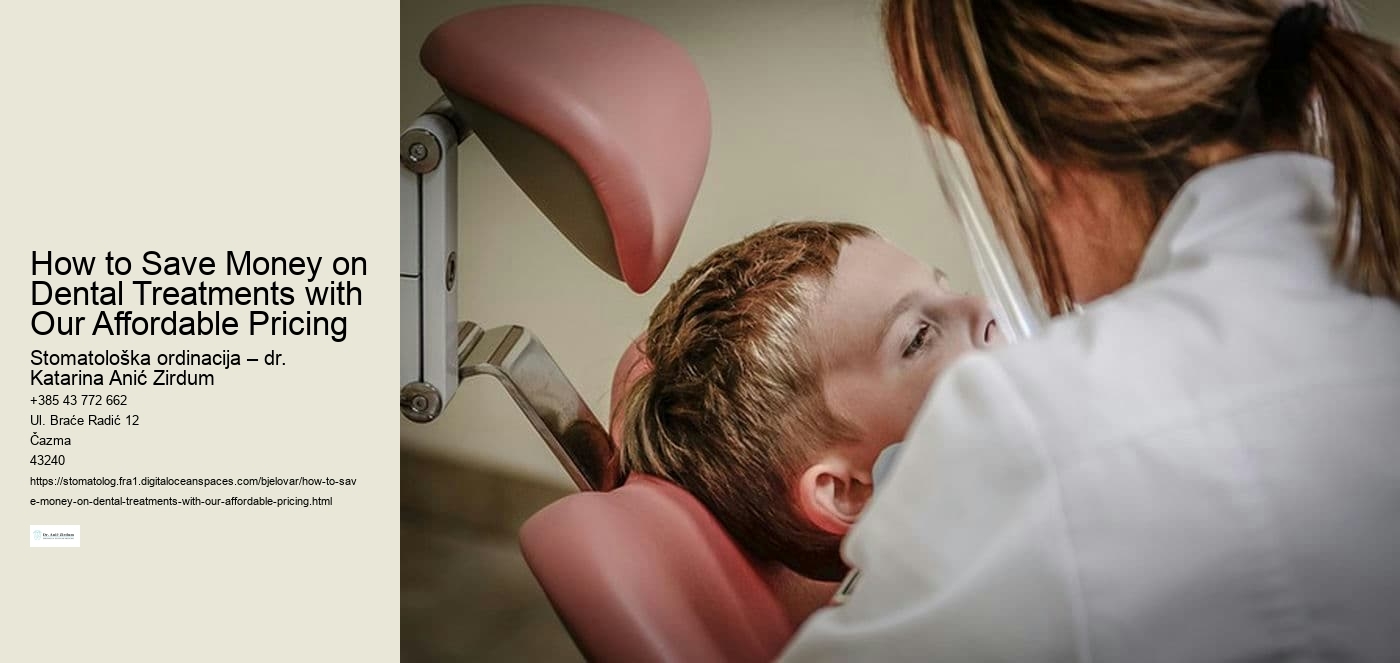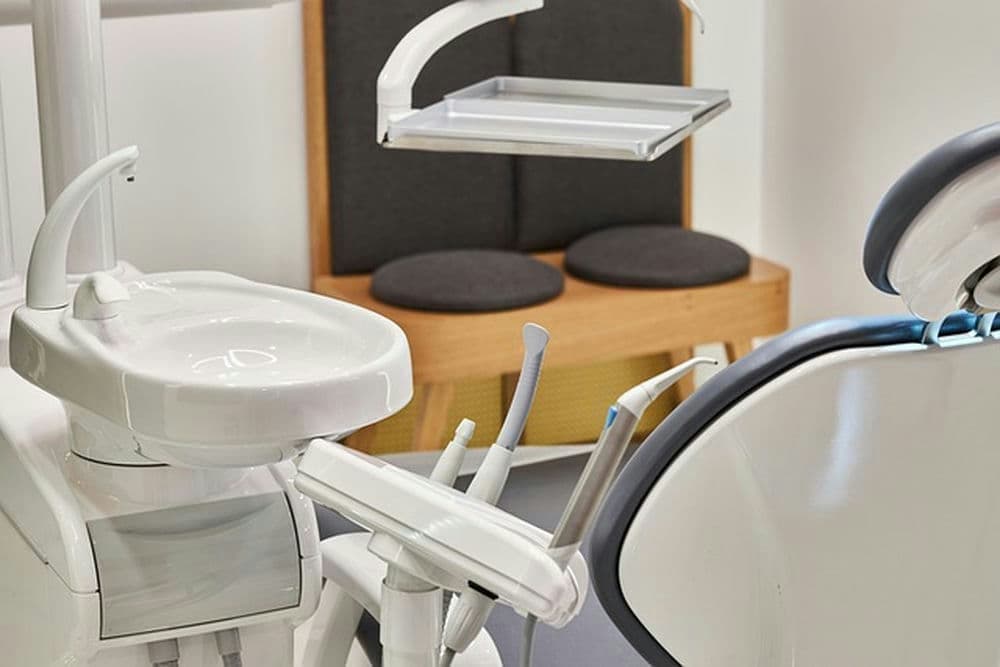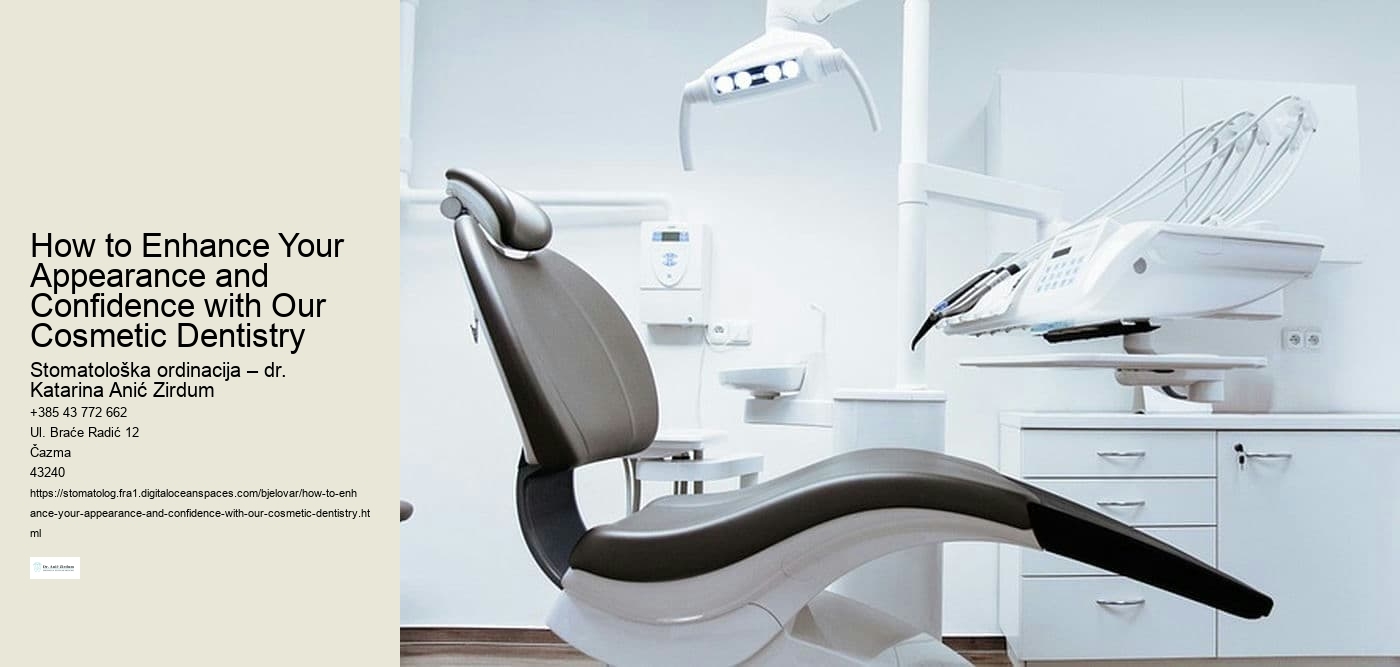Pages
Rating:
RSS:
RSS FeedSitemap:
Sitemapmini dental implants near me
Posted 1/29/2023 by Admin

If you are finding out between basic dentures or an implant-supported restoration, here are a few things to consider. Dentures often need to be kept in the mouth by using a dental adhesive. This once in a while requires re-glues after meals. An implant-supported denture calls for no adhesive. Dentures have to be removed for cleaning. With the exception of a removable implant-retained denture, your implant-supported recovery can be cared for by brushing and flossing. Dentures cover the roof of the mouth. With implants, there’s nothing overlaying the roof of your mouth to interfere together with your sense of taste or other normal actions. Implant-supported dentures can even be fabricated without a palate. Dentures can slip out while eating or speaking. Implants and implant-supported dentures are securely anchored and won’t slip out.
removable dental implants
Posted 3/2/2023 by Admin
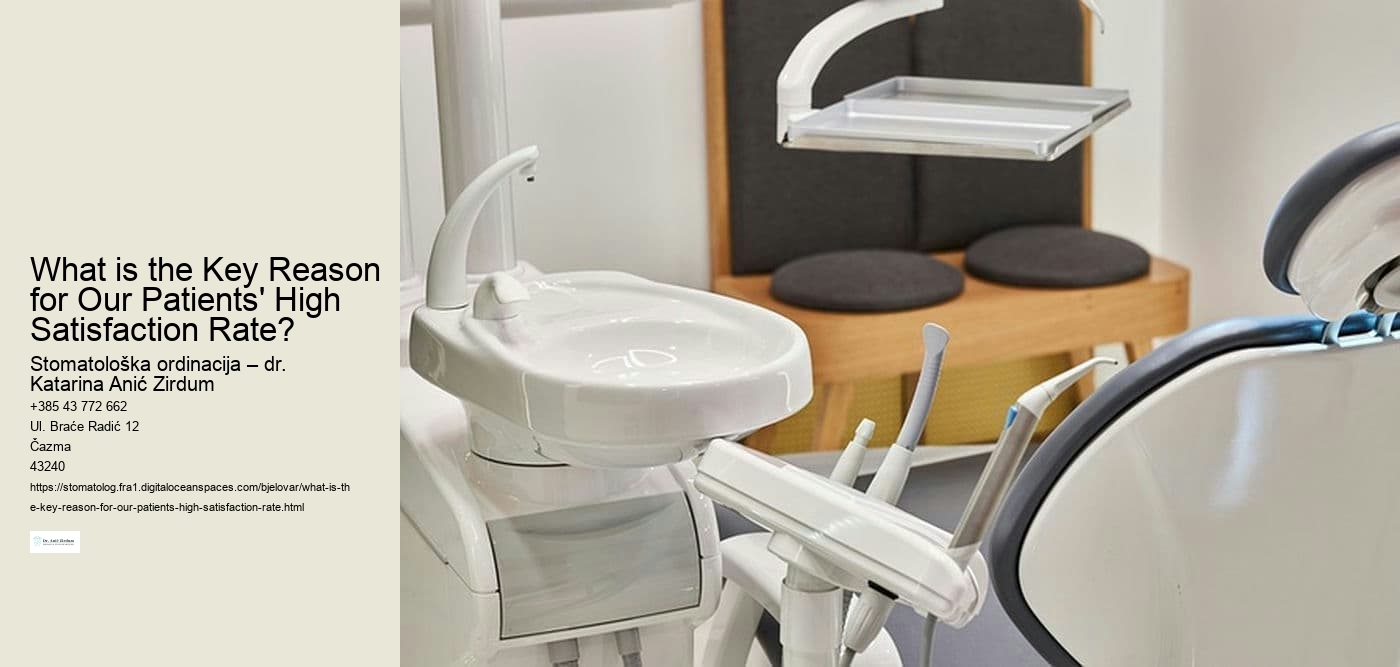
)Brush and floss daily. Clean the implant site as directed by your surgeon. What are the advantages of dental implants?Dental implants offer a wide range of advantages. They can:Improve speech and chewing skill. Enhance the look of your smile. Secure permanent or removable bridges and dentures. Provide teeth alternative with out changing (shaving down) your neighboring teeth. (This is essential for dental bridges. )In addition, dental implants can’t get cavities. (But they’re not invulnerable to gum sickness, so it’s still essential to practice good oral hygiene. )What are the hazards or problems of dental implants?Like any surgery, dental implant placement consists of the ability for complications.
all on 6 dental implants
Posted 2/10/2023 by Admin
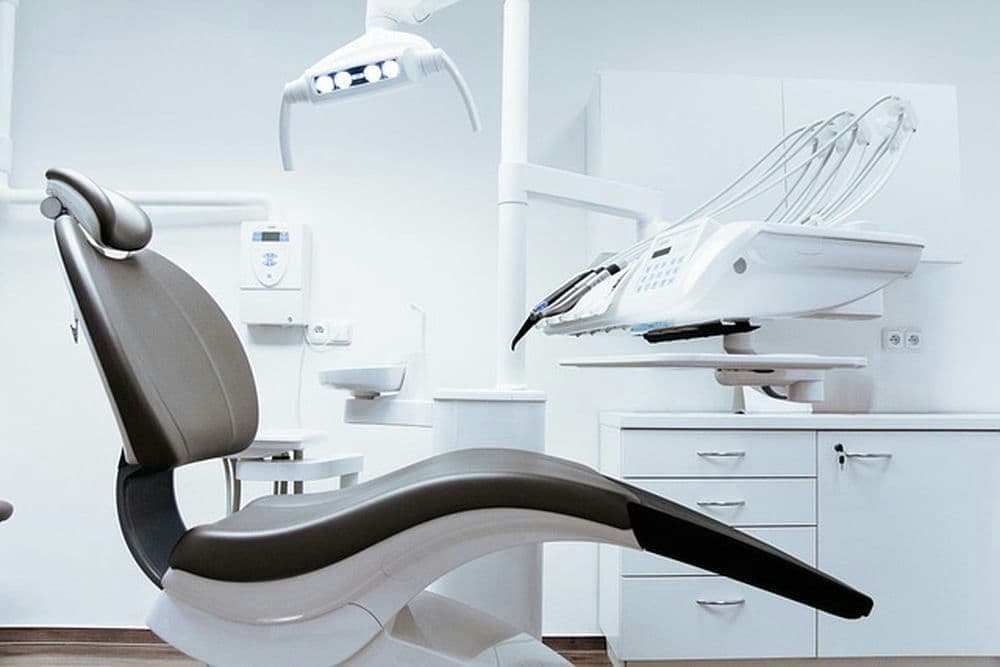
Risks of dental implantsThere is a small risk that the dental implants will possibly not join correctly with the bone for your jaw. We then cannot use them. This risk is higher for some people, including people that smoke. The dental team tells you if they think that the chance is higher than normal for you. Parts of your implant can loosen or wear out with time. This may end up in the implant not operating if the challenge is not handled simply. You are responsible for the long run care of your implants. Your local dentist can look after your dental implants. This is at your own cost. If you have got a bone graft, this can cause swelling, bruising and pain. Giving your permission (consent)We want to contain you in decisions about your care and treatment.
dental implants and aesthetics
Posted 2/13/2023 by Admin

Place the dental implant. Next, your health care professional will closely place the dental implant into your jaw. Close the incisions. Finally, your medical professional will reposition your gums and shut the incision with stitches. The steps for dental implant placement are generally the same for everyone. But from time to time, a healthcare professional can place a dental implant and recovery (like a crown or bridge) all in one visit. Most of the time, however, you’ll need a few months for the implant to heal before your dentist can safely place a last restoration. In these cases, your dentist can make a temporary (customarily detachable) restoration so that you can wear in the course of the curative phase. What happens after dental implant placement?Your health care professional will provide you with a detailed list of postoperative commands. They’ll also prescribe antibiotics to prevent an infection. There are a number of things which you could do to reduce your risk of discomfort and pain:Take all drugs precisely as prescribed by your healthcare carrier.
